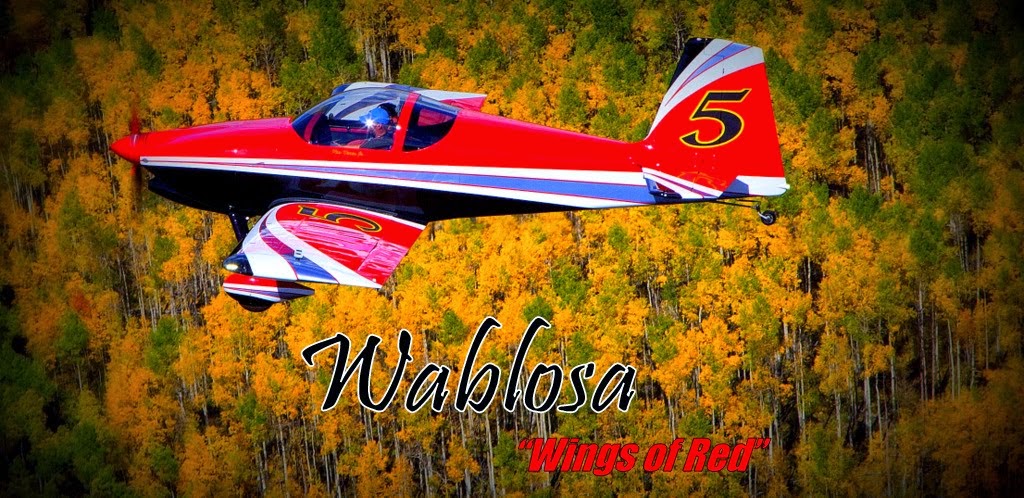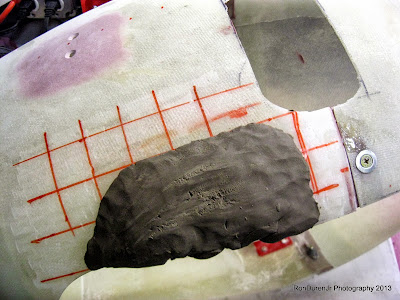I think I posted about the fact that I got my control cables all nicely mounted and then did a cowl fit check, only to realize that my mixture cable was hitting the cowl. I could not get full travel with the mixture control. Dang! So, I did some research on VAF. The good news is that this type of problem is not uncommon so there were workarounds available. Essentially it boiled down to three possible solutions for me:
- Ship the servo back to the manufacturer and have them "reverse" the action on the mixture arm. This would easily get it out of the way, but I would need to redo my mounting bracket that I spent so much time getting just right and was happy with. It also was going to cost me $240 plus shipping cost and time.
- Add a "bulge" in the cowl to clear the current setup. This caused me quite a bit of angst. I know most builders wouldn't think twice about doing this...but then again, most builders aren't as concerned about aesthetics as I am. My plane 'HAS' to look nice to soothe my soul! :) That's just the way I tick.
My thinking went like this, I didn't want to spend the $240 to swap the arm action...I am officially out of construction money at this point. Swapping the lever for the straight one was my first attempt at fixing this...easy, low cost...why not, lets give it a try.
That did make it better, but I still had an interference problem...no bueno, this is not a solution. Remember I also need extra room for engine movement during g-loading and normal engine vibration.
Next step was option #3...ugh. I spent a couple weeks carefully considering this before committing. Can I do it with as little aesthetic impact as possible? I finally agreed that I thought I could. So...enough thinking & analyzing, lets get to it!
Same deal as the wheel pants...get the modeling clay out. In this first pic you can see the dark spot is the modeling clay on the outside of the cowl. With the translucent SJ cowl, its easy to verify I have it in the right location.
This is what it looked like from the outside. I spent more time and care to make this one as smooth as possible before glassing. This "bulge" would be much harder to hide than the wheel pants.
Scuff your surfaces well...and do your layups...let it setup over night.
Here are a couple shots...side and front view...of what it looked like before doing the layup. As you can see, its hard to spot, even though it is a dark color. Once I get it painted, I think it will blend it quite well. Although, in a perfect world I'd rather not have this bulge...I don't think its going to be a big deal a year from now...small stuff.
A blurry shot of the inside of the cowl before doing my trim work. As you can see, the clay is sandwiched between two fiberglass walls at this point.
Break out the die grinder or cutting tool of choice. Cut and then dig out the clay. Notice the sharpie marking...that was my target.
I then did a little bit of blending work with the die grinder to smooth the transition. Although not shown, I then sanded it smooth...to make it look nicer, even though its on the inside of the cowl.
A little hard to see in the pic (click on it for a larger view), but it worked perfectly. I now have my clearance and the mixture arm works as its supposed to. I flexed the engine with quite a bit of body weight and could not get it to touch so I think its good to go. On to the next challenge...







































































